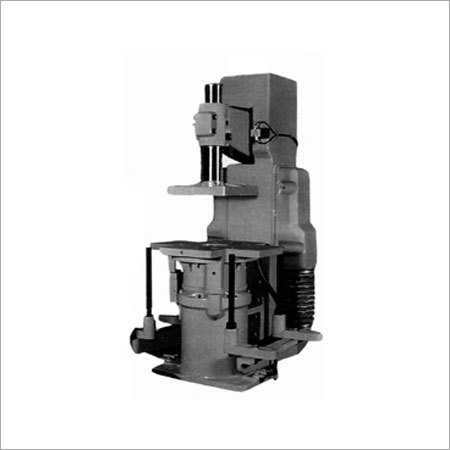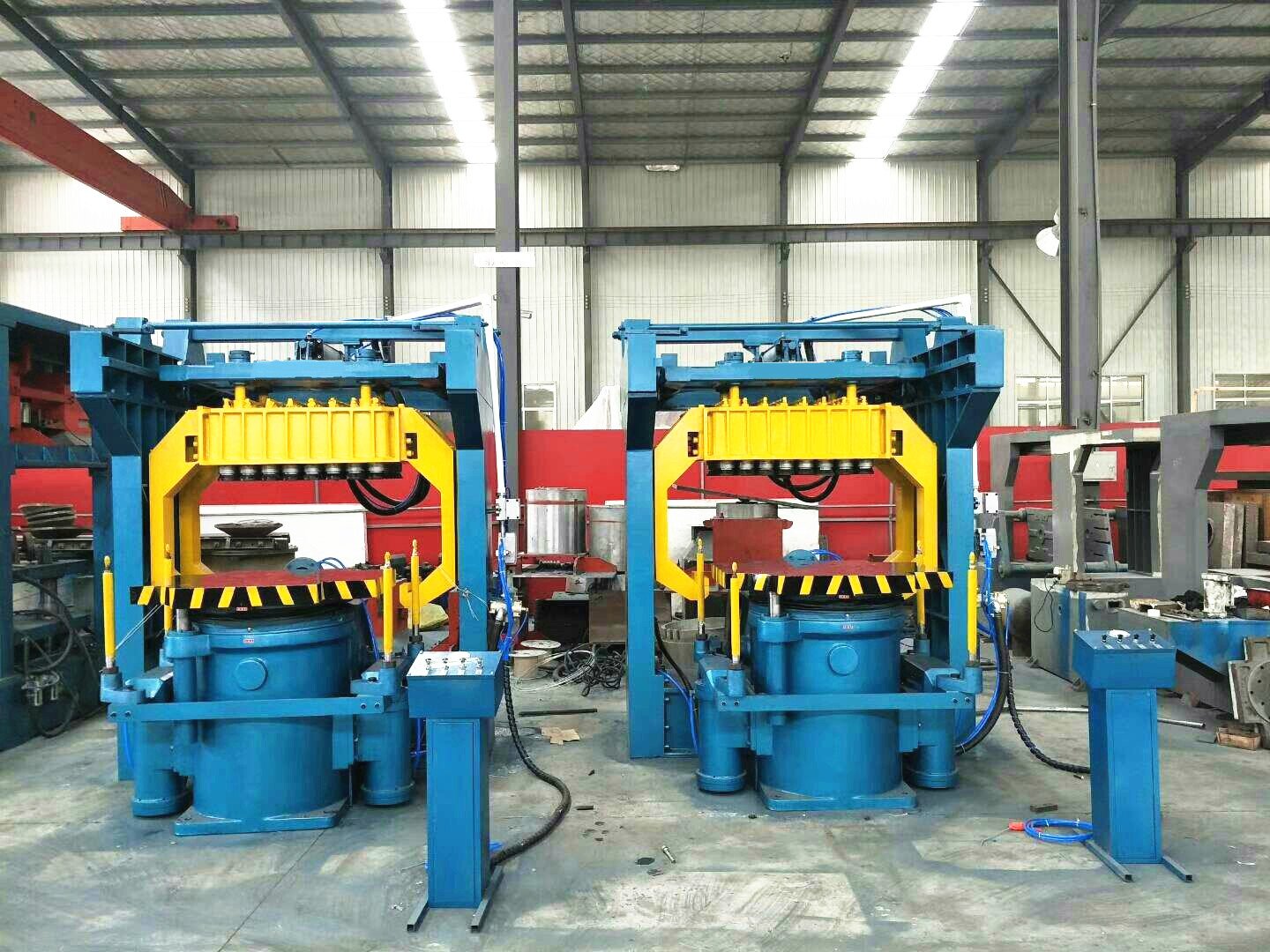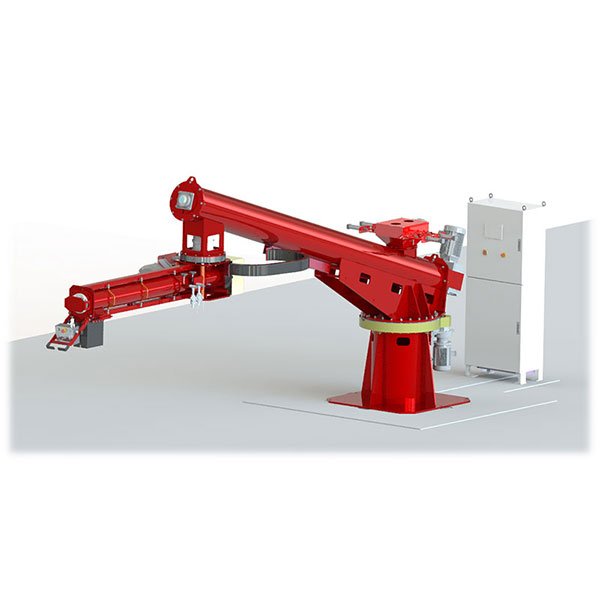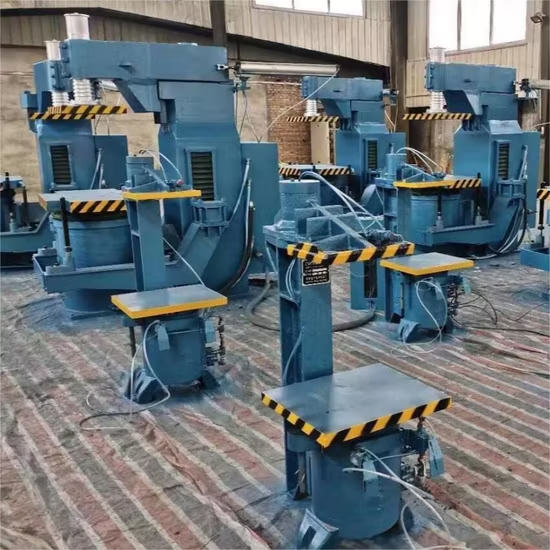Every downtime due to equipment failure cuts into your margins—and it’s usually avoidable.
Consistent maintenance of shot blasting equipment enhances performance, extends component life, ensures safety, and reduces total operational cost.
As someone who designs and commissions shot blasting systems, I’ve seen machines fail prematurely simply due to skipped inspections or neglected components. Let me share five core practices that I always recommend to clients for optimal machine health.
1. Inspect and Replace Worn Shot Blasting Machine Components Regularly
Even the best-built machine wears down under constant abrasion.
Frequent inspection and timely replacement of critical parts prevent breakdowns, reduce downtime, and maintain blasting precision.
Focus Areas for Inspection
In my field assessments, these are the hotspots:
- Blast wheels or nozzles: Subject to direct impact and high-speed erosion.
- Control cages: Dictate blast pattern—any wear affects coverage.
- Liners and blades: Take the brunt of media flow and require frequent replacement.
I've seen control cages so worn they turned precision machines into scatter blasters, compromising part quality until replaced.
Signs of Wear and When to Replace
Know the indicators before a failure happens:
Component Replacement Indicator Blast Nozzles Widening bore diameter (e.g., #6 → #7) Blades Visible chipping, uneven wear Liners Thinning surface, cracking, or warping Control Cage Irregular blast patterns or missed spots Always keep a critical spare parts kit on hand—downtime while waiting on a delivery costs far more.
2. Monitor and Maintain Abrasive Media Quality in Shot Blasting Equipment
Poor media quality equals poor results—period.
Consistently clean, correctly sized abrasive media ensures uniform blasting results and reduces component wear.

Screen Media for Contaminants and Fines
Use vibrating screens and air-wash separators to filter out:
- Broken particles
- Dust fines
- Rust flakes or oil contamination
Contaminated media accelerates wear and affects surface profile. I always advise clients to monitor media breakdown ratios during production.
Maintain Proper Media Flow Rate
Insufficient flow reduces impact energy. Excess flow floods the system.
Ensure:
- Proper gate valve calibration
- Steady hopper refill routines
- No blockage in return elevators
I once corrected a 30% performance drop simply by clearing an abrasive buildup in the return hopper that had gone unnoticed.
Replace Spent or Broken Abrasive
Spent media becomes ineffective and produces dust. Schedule routine media refresh based on blast hours and part cleanliness.
Media Type Typical Life Cycle (Hours) Steel Shot 2000–3000 Glass Beads 80–100 Garnet 1–3 uses
3. Clean and Calibrate Dust Collection and Filtration Systems
Dust doesn’t just obscure visibility—it’s dangerous.
Well-maintained dust collection improves operator safety, ensures visibility, and preserves airflow efficiency in the system.

Prevent Dust Buildup for Operator Safety and Visibility
I’ve walked into booths where visibility was near zero due to clogged filters. That’s not only inefficient—it’s a respiratory hazard.
Keep ducts clear and check dust bins daily. Overloaded collectors reduce suction and allow dust to escape into the workspace.
Check Filters and Ductwork for Blockages
Replace filter cartridges as per spec—typically every 6–12 months or when pressure differential exceeds limits.
Inspect:
- HEPA or cartridge filters
- Fan impellers
- Seals and gaskets in duct joints
Regular duct brushing or compressed-air cleaning extends system life and reduces fire risk.
4. Lubricate Moving Parts of the Shot Blasting Machine
Friction kills machines—slowly, silently, and expensively.
Timely lubrication of all moving components reduces mechanical wear and ensures smooth operation under heavy loads.
Bearings, Chains, and Motors Require Regular Greasing
I often see clients delay greasing due to “busy schedules.” That’s a short-term mindset with long-term consequences.
Key lubrication points:
- Hoist and bucket elevator bearings
- Rotary screen shafts
- Blast wheel motor drives
- Chain drives in continuous systems
Use the correct grade of grease—typically NLGI 2 lithium-based for general use.
Follow Manufacturer's Maintenance Schedule
Adhere to service intervals:
Component Grease Interval Wheel Bearings Every 60 hours Motor Gearboxes Monthly or per OEM spec Slow-speed Bearings Quarterly Keep a lubrication chart posted at the machine with date and initials—simple, effective accountability.
5. Perform Routine System Checks and Keep a Maintenance Log
You can’t fix what you don’t track.
Systematic inspections and detailed logs help catch early wear, plan for maintenance, and avoid unplanned downtime.

Daily, Weekly, and Monthly Checklists
I advise clients to implement layered checklists:
Interval Task Example Daily Clean dust bin, check abrasive level Weekly Inspect nozzles, check motor temp Monthly Check belts, recalibrate airflow Log Issues and Repairs to Predict Failures
Maintenance logs serve more than audits—they provide failure patterns.
- Track part replacements and their service life.
- Record inspection findings.
- Log pressure readings and motor amp draws.
I’ve built predictive maintenance programs off this data alone.
Train Operators to Report Irregularities Early
Your best sensors are human. Train every operator to:
- Spot unusual sounds or smells
- Monitor part finish quality
- Report any fluctuations in media behavior
Most major breakdowns I’ve witnessed had small warnings that were missed or ignored.
Bonus Tip: Use the Right Abrasive Media for Your Shot Blasting Machine
The best maintenance can’t fix the wrong media.

Your abrasive media type determines not just the finish—but also the wear, efficiency, and maintenance frequency of your equipment.
Media Type Impacts Wear and Efficiency
Hard, angular media like aluminum oxide aggressively wears internals. Soft media like plastic may underperform or clog systems not designed for them.
Always consider:
- Hardness
- Shape (angular vs. spherical)
- Media size relative to screen and nozzle size
Match Media to Material and Machine Design
If you’re blasting aluminum parts with steel grit in a high-velocity wheel system, expect distortion and rebound loss. Choose media that aligns with:
- Part material
- Target surface profile
- Machine drive method (air vs. wheel)
Here's a basic guide:
Substrate Recommended Media Structural Steel Steel shot or grit Aluminum Glass beads, plastic Composites Garnet or fine plastic Concrete Garnet, crushed glass
Conclusion
Shot blasting equipment will reward the care you put into it. Inspect parts regularly, manage your media, clean your dust system, keep things lubricated, and track it all. A well-maintained machine is a productive, reliable one—and that's how you protect your investment for years to come.







